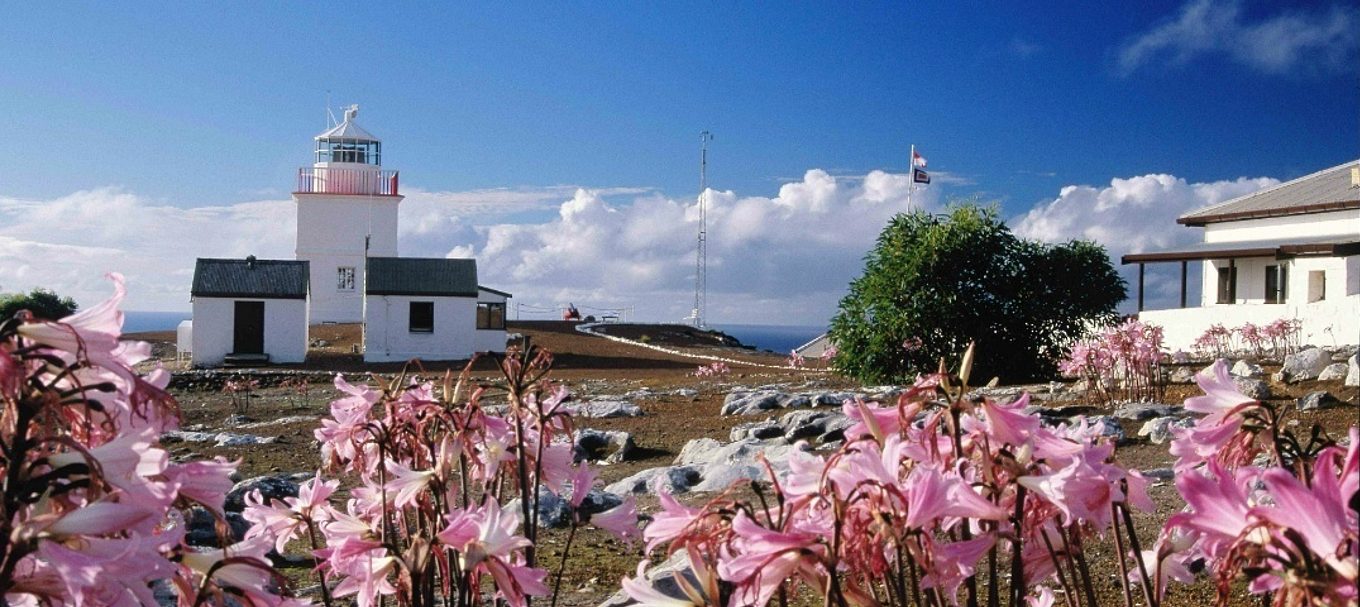
To the lighthouse
The lucky winner of our Good Living competition will win a weekend getaway to stay in one of the heritage-listed former lighthouse keepers’ cottages at Cape Willoughby or Cape Borda.
Free from urban lights, Cape Borda’s night sky is dazzling – with millions of stars glistening above while its lighthouse sends beams of light out to sea where six other lighthouses blink on the horizon.
Cape Borda lighthouse is situated on the far north-west tip of KI, surrounded by some of the highest cliffs in South Australia. It was first lit in 1858 and is the last traditionally operated lighthouse in SA. Although automated now, the lighthouse still has the old-style rotating turntable with lenses that focus a fixed light into separate beams. From a distance, its four rotating beams appear as four flashes.
The architecture is also striking as this lighthouse is short and square rather than tall and round. As Cape Borda is 155 metres above sea level it doesn’t need to be tall to be seen nor round to be strong. It is one of only three square, stone lighthouses that exist in Australia.
It was an isolated life on the Cape in the early days. With no road access to Cape Borda for nearly 70 years, supplies came by ship once every three months. Harvey’s Return, 5 kilometres to the east, was the nearest place where supplies could be landed. There, a 150-metre-long, 45-degree rocky cliff face leads down to the water’s edge. Supplies were pulled on trolleys through a horse-drawn capstan up the steep track and then hauled the 5 kilometres through the scrub to the lighthouse.
It wasn’t until 1933 – when two diesel motors were built onsite – that manpower and horsepower could be swapped for electric power.
Being in such an isolated place, lighthouse keepers and their families were completely cut off. If something went wrong, such as breakdowns, machinery failures, accidents or sickness, they were on their own. Many children were born on the site without any medical assistance. A few were stillborn or survived only a few days.
Despite the isolation and hardship there were amusing stories. One horse learned to recognise the signs that the supply ship had arrived. Knowing that meant a couple of days of hard work, he would wander away and hide in the bushes. Another horse was taken by a lighthouse keeper’s daughter when she left to elope. Yet another horse stole a freshly baked loaf from the kitchen window sill where it had been put to cool.
Visitors today can stay in Flinders Light Lodge, the limestone cottage that was once home to a lighthouse keeper and his family. Accommodation is also available in the relieving keeper’s quarters Hartley Hut and the single-roomed Woodward Hut.
Lighthouse tours are available and the 12.30pm tour includes the firing of the original Royal Navy cannon, which was manufactured in Scotland in the early 1800s and later used to assist sailors with navigation.
There is more information about Kangaroo Island and it's national parks on our website.





